BioMed’s Gateway of Pacific: Where Life Sciences, Tech and ESG Meet
Salil Payappilly reveals details about this Bay Area project and the company’s sustainability strategies.
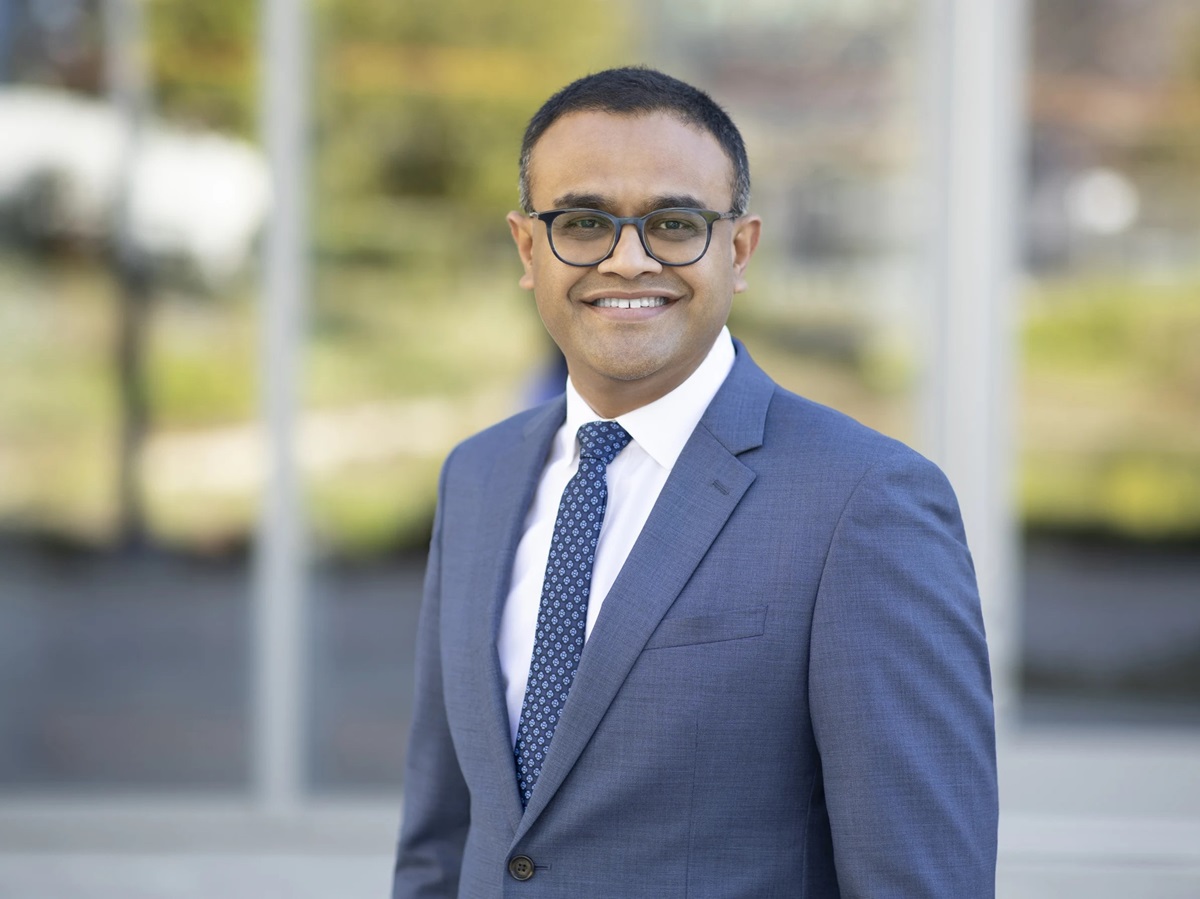
Gateway of Pacific is a five-phase lab and office development in South San Francisco, a highly sought-after area by the biotech industry. More than 200 life science companies are operating alongside a wide network of venture capital and skilled workforce drawing from the prestigious universities in California, so demand for life science space is always high.
BioMed Realty, a portfolio company within Blackstone’s Core+ Life Sciences Real Estate strategy, owns and operates the flagship campus that was designed to provide flexible solutions to the life science and technology industries. GOP’s first four phases are complete, according to Salil Payappilly, senior vice president at BioMed Realty, and once finalized, the campus will grow to 2.2 million square feet of office and specialized space.
Commercial Property Executive talked to Payappilly about his company’s sustainability practices and ambitions, zooming in on the GOP project.
How do the sustainability features at the Gateway of Pacific campus align with BioMed Realty’s overall sustainability strategy?
Payappilly: Investors and tenants are increasingly demonstrating a preference for sustainable buildings. At Gateway of Pacific, we’ve made strategic energy investments in solar generation, high-efficiency heating and cooling, rainwater harvesting, condensation capture and EV charging infrastructure. Across our portfolio, we’ve taken actions to make our buildings more energy efficient, invest in renewable energy, and help our tenants conduct business more sustainably.
More than 5 million square feet of our operating portfolio in the U.S. is LEED certified as of last year. Since 2016, BioMed Realty has implemented 189 energy-efficiency projects, including replacing HVAC cooling towers and implementing LED retrofits, saving over 40.8 million kilowatt-hours of electricity. The company has also implemented transportation programs, saving approximately 286,000 metric tons of carbon dioxide emissions.
What specific energy efficiency measures have been implemented at the campus?
Payappilly: We’ve implemented several energy efficiency measures to improve the sustainability of our operations and help our tenants reduce their energy consumption. These include high-performance facades, a high-efficiency and expandable central mechanical plant, heat recovery chillers and exhaust stack discharge controls. With interconnected heating and cooling systems, we take advantage of system diversity, providing our tenants with resiliency and reliability.
Each building and Traverse—the campus amenity center that offers a personalized array of culinary, fitness and community experiences—have base-building HVAC with individual air handling units optimized to meet our tenants’ laboratory requirements.
Beyond energy, GOP has taken a holistic look at carbon emissions across the campus. We’ve studied energy efficiency, renewable energy and reductions in transportation emissions, and have made major savings in embodied carbon.
READ ALSO: Boosting Asset Value Through Fit Buildings
Can you share more details about the renewable energy installations at GOP? What percentage of the campus’ energy needs are met through these installations?
Payappilly: We’ve installed solar panels on Traverse to generate renewable energy onsite. These installations provide approximately 48 percent of the total energy for the Traverse property. We are also currently designing an onsite solar panel system installed and managed by a third-party provider for GOP, which is expected to generate approximately 2.1 million kilowatt-hours annually.
How does the rainwater capture and greywater collection system work?
Payappilly: As part of the property’s water conservation efforts, GOP-II recycles water within the facility’s restrooms. The system harvests rainwater and condensation from the tower roof to feed into the bathrooms in Traverse. Additionally, all bathrooms are equipped with water-efficient fixtures.
What steps have you taken to ensure all buildings achieve some sort of green building certification?
Payappilly: GOP-I and Traverse achieved LEED Platinum certifications. All other buildings hold LEED Gold certifications. This achievement is possible through various sustainability features, including onsite energy generation, rainwater capture, high-efficiency HVAC systems and light fixtures, sustainable construction materials, as well as ample electric vehicle infrastructure.
Additionally, BioMed Realty provides transportation for commuters at GOP through the DNA Shuttle to popular public transportation points including Bay Area Rapid Transit, CalTrain and SamTrans to promote rideshare practices. The campus also features a green roof and 5.5 acres of landscaped open space uninterrupted by vehicles, offering park-like experiences for quiet contemplation and connection.
Last year, Gateway of Pacific’s conference center, Forum, received Fitwel 2 Star certification, acknowledging the development as a world-leading healthy building. In 2022 and 2023, the campus was awarded ‘Best Site for Commuters’ and, in 2020, was also granted an award for its smart building features.
How do you plan to keep improving the sustainability features at GOP?
Payappilly: BioMed Realty is committed to partnering with our tenants to advance their ESG goals by promoting health, wellness, innovation, connection and sustainability through all phases at GOP. Central to this partnership is our robust data collection process, which allows us to effectively monitor our progress and make informed adjustments to optimize sustainability efforts.
As part of the GRESB Real Estate Assessment, we report on energy, water and greenhouse gas data across our operating portfolio. We also monitor all renewable energy generated at GOP as part of our corporate ESG data collection and management framework.
BioMed is actively pursuing Fitwel Champion status, having registered GOP-III as part of this commitment to implementing Fitwel Healthy Building Certifications across our portfolio. This initiative will optimize health and wellness at GOP.
What was your tenants’ response to all these sustainability initiatives?
Payappilly: We regularly engage with tenants at the GOP campus to discuss their energy consumption patterns and use these insights to inform annual operating plans and to identify opportunities to make our buildings more energy efficient. We value sustainable practices and consider them a key part of our growth strategy. We’ve seen an increase in demand for sustainable infrastructure from tenants and investors, so our goal is to continue building properties that deliver leading sustainability features.
Tell us more about how you’re planning to meet the new greenhouse gas emissions targets set by California.
Payappilly: In support of California’s 2045 carbon neutrality goal, BioMed Realty is increasing renewable electricity across its operating portfolio, including onsite hosted solar power that will supply renewable electricity across select California assets in the Bay Area and San Diego markets, with commercial operation beginning in 2025. We’ve incorporated our ESG goals and policies into new construction and developments such as GOP, including optimizing electrification and integrating low-carbon design strategies.
California is also the first in the nation to mandate embodied carbon targets for new construction, starting this year. GOP is a model for embodied carbon savings. We initiated embodied carbon lifecycle analyses at GOP before it was common practice and have continued throughout our portfolio ever since. Recent examples include the construction of GOP-II and GOP-III, which resulted in 27 percent and 23 percent less embodied carbon compared to typical construction at the time.
LISTEN TO: Podcast—We Need to Talk About Climate Regulation
What impact do you foresee these new laws having, particularly on life science real estate?
Payappilly: We’ve already seen an increase in demand from tenants and investors for sustainable infrastructure and we anticipate this trend to continue, especially with respect to EV infrastructure, energy-efficient technologies and water-conscious systems.
How are you planning to collaborate with tenants to meet these new legislative requirements?
Payappilly: We have successfully implemented tenant surveys across our operating portfolio to enhance tenant engagement and satisfaction and have pulled valuable insights to inform future operating plans. We’re committed to transparency and will continue to regularly report on our ESG goals and progress.
Now more than ever, tenants are inquiring about the sustainability of our buildings and setting high ESG goals. BioMed Realty is in a great position and has led the market by example.

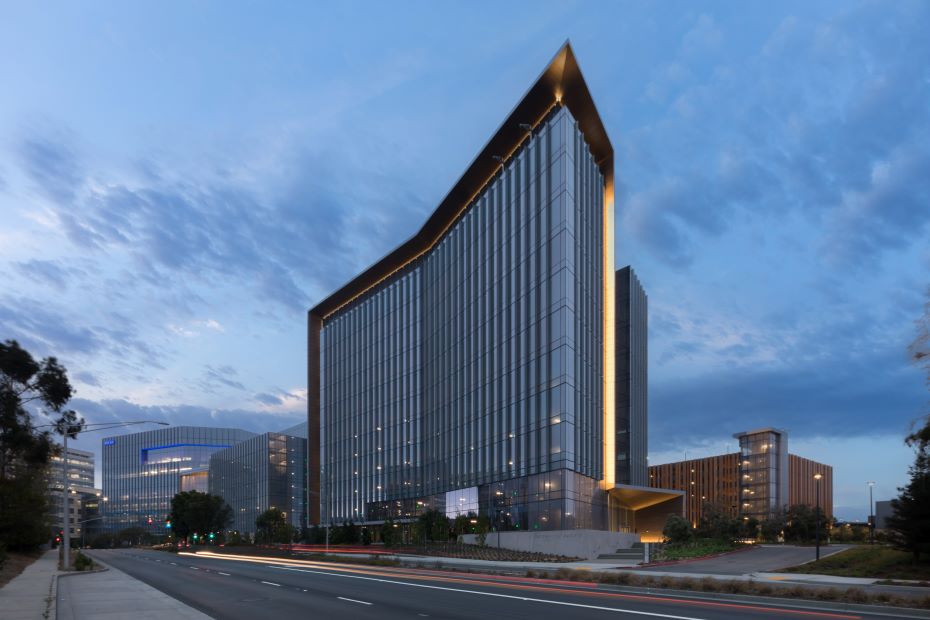

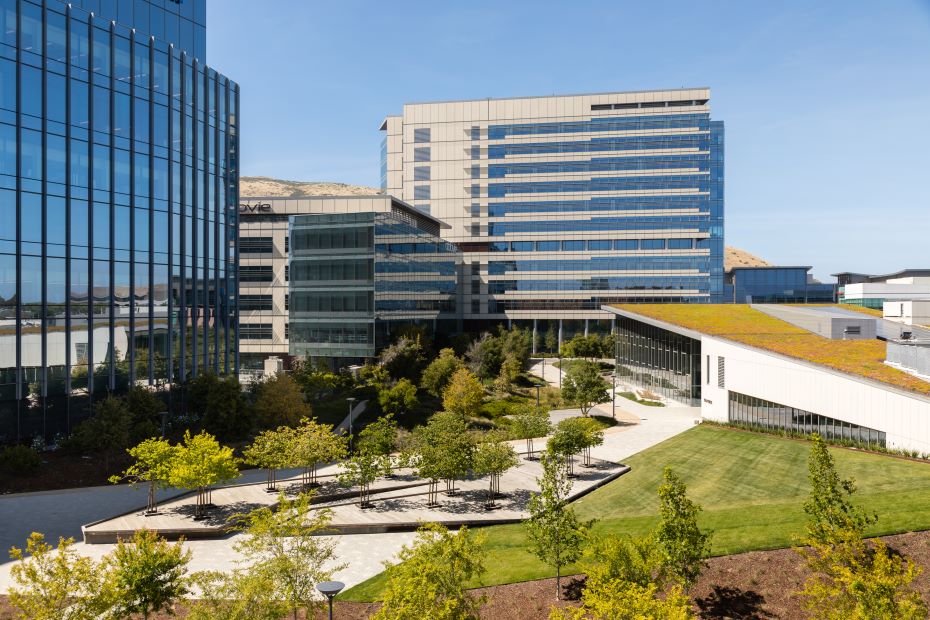
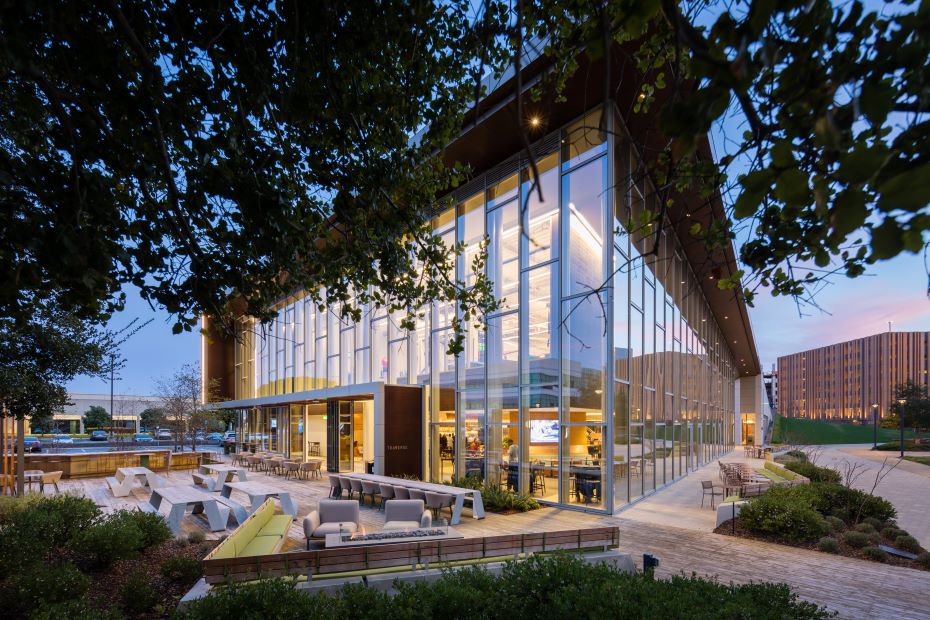

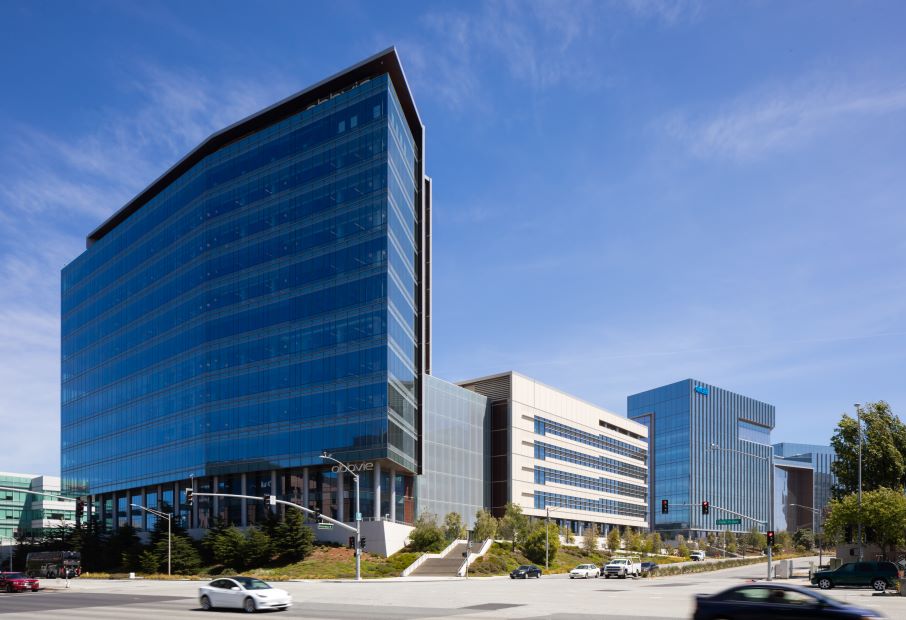
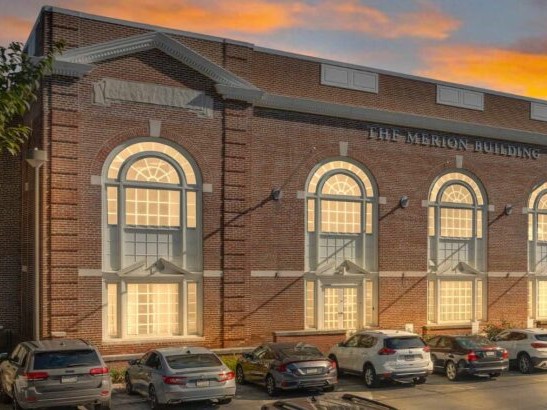
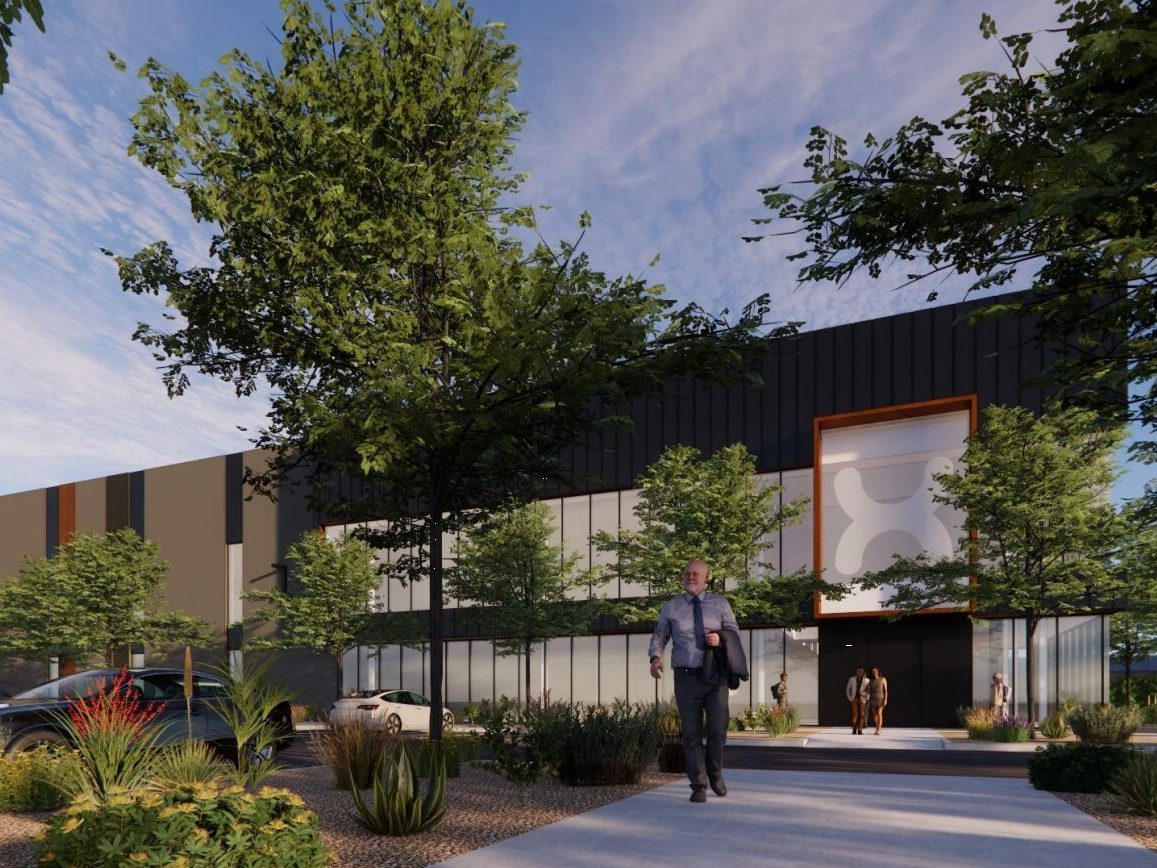
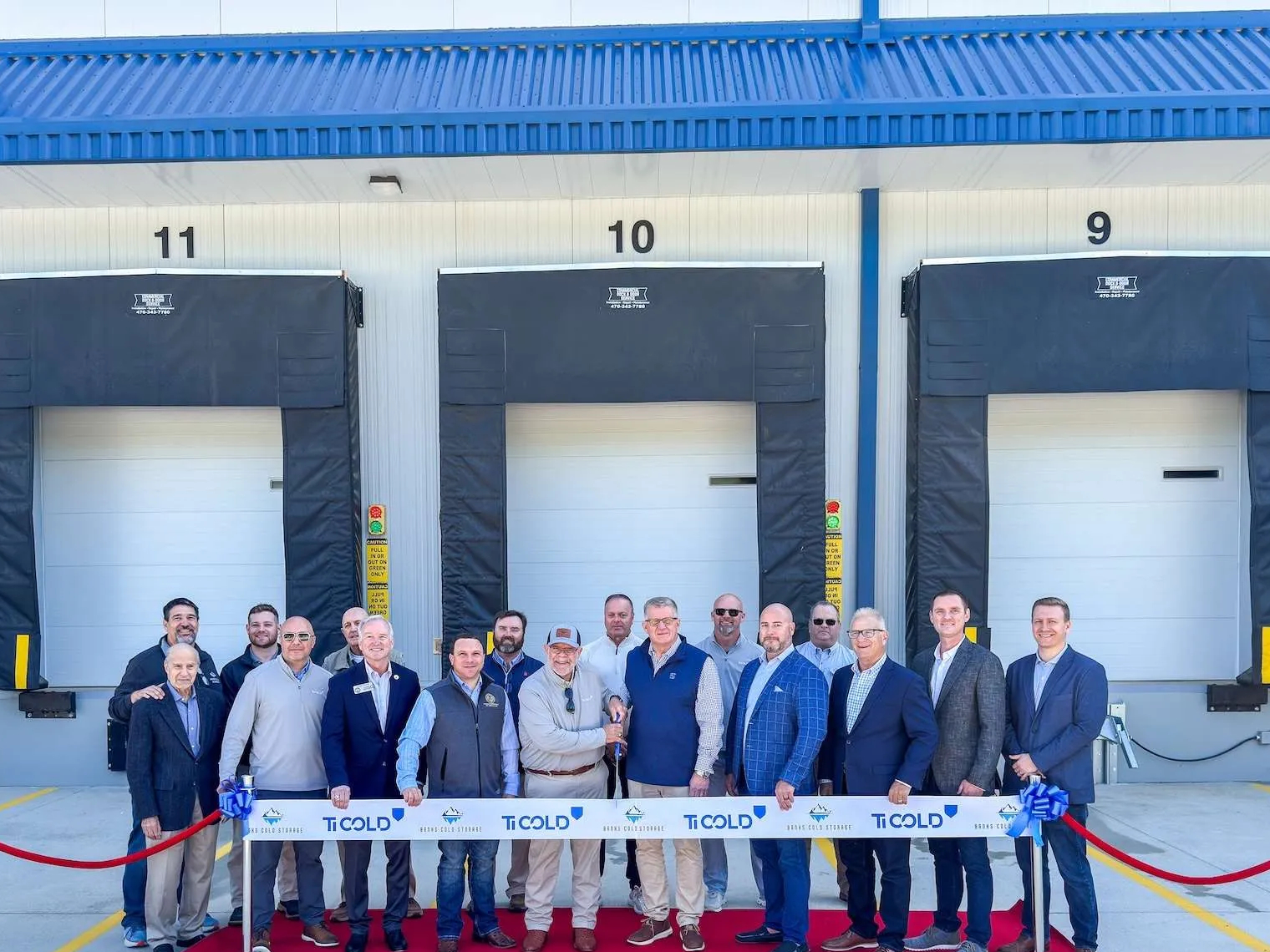
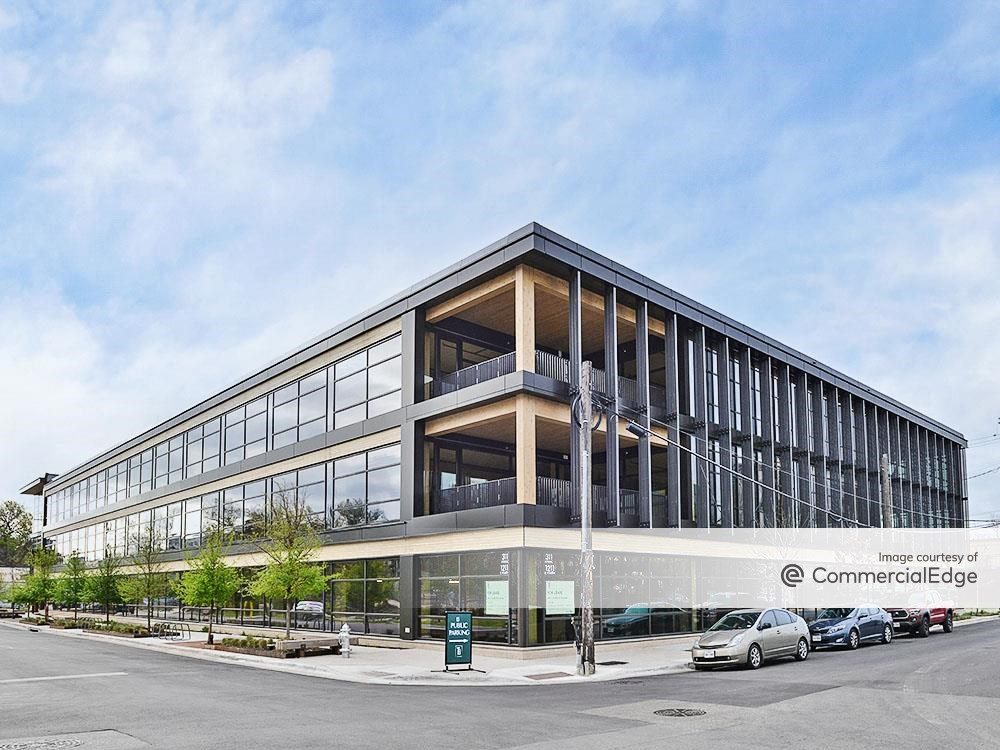
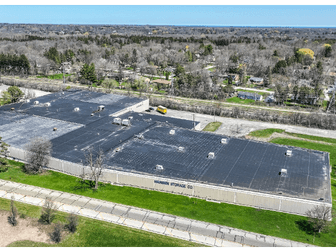
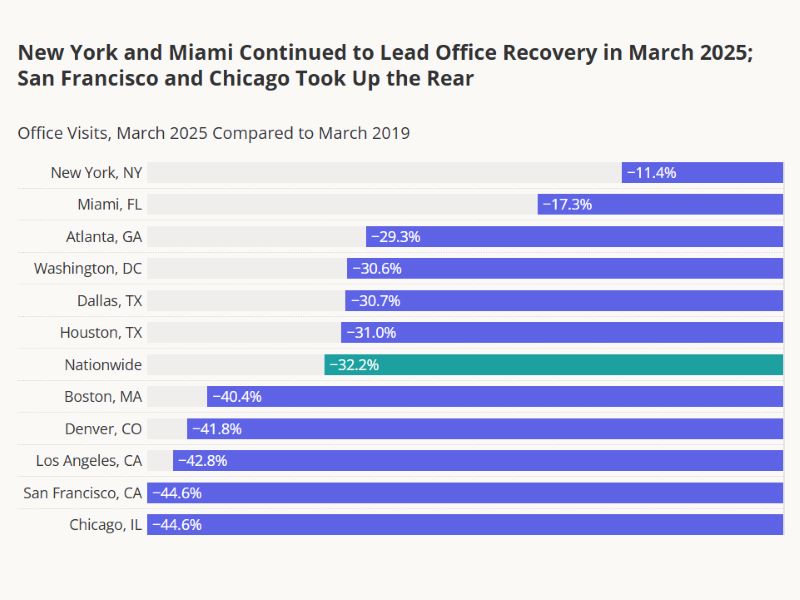
You must be logged in to post a comment.